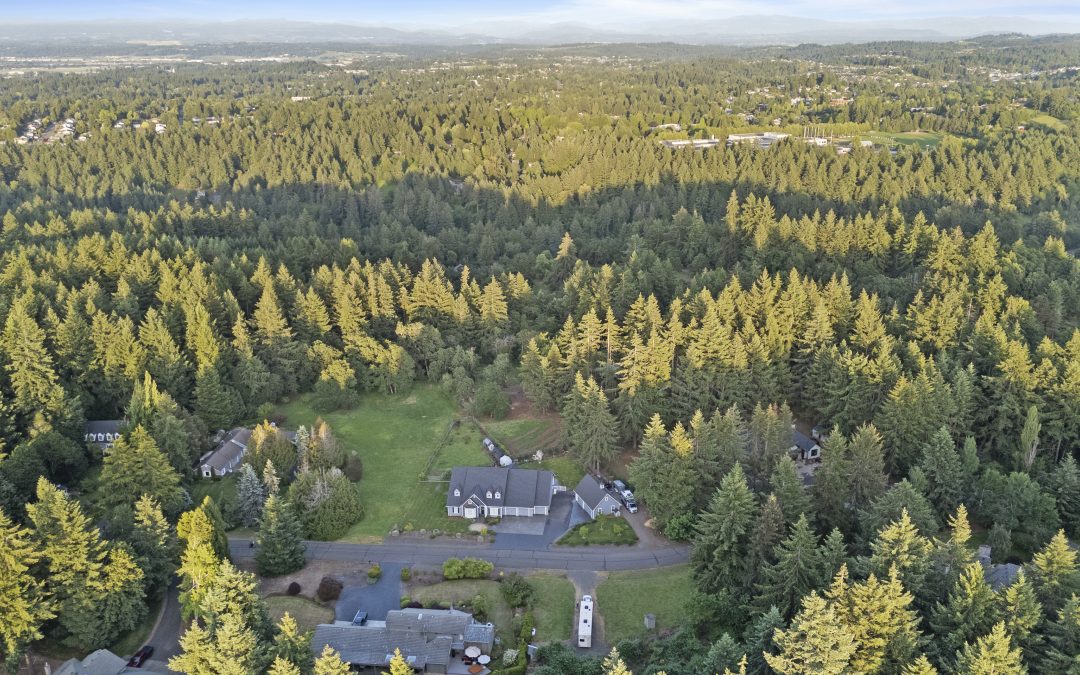
“Why Can’t You Just Launch the Drone?”
Over the past year and a half as a licensed FAA drone pilot, I’ve fielded a lot of great questions from real estate agents — and some surprised reactions too. Most people assume that if I show up with a drone, I can just launch it into the sky, fly where I want, and...
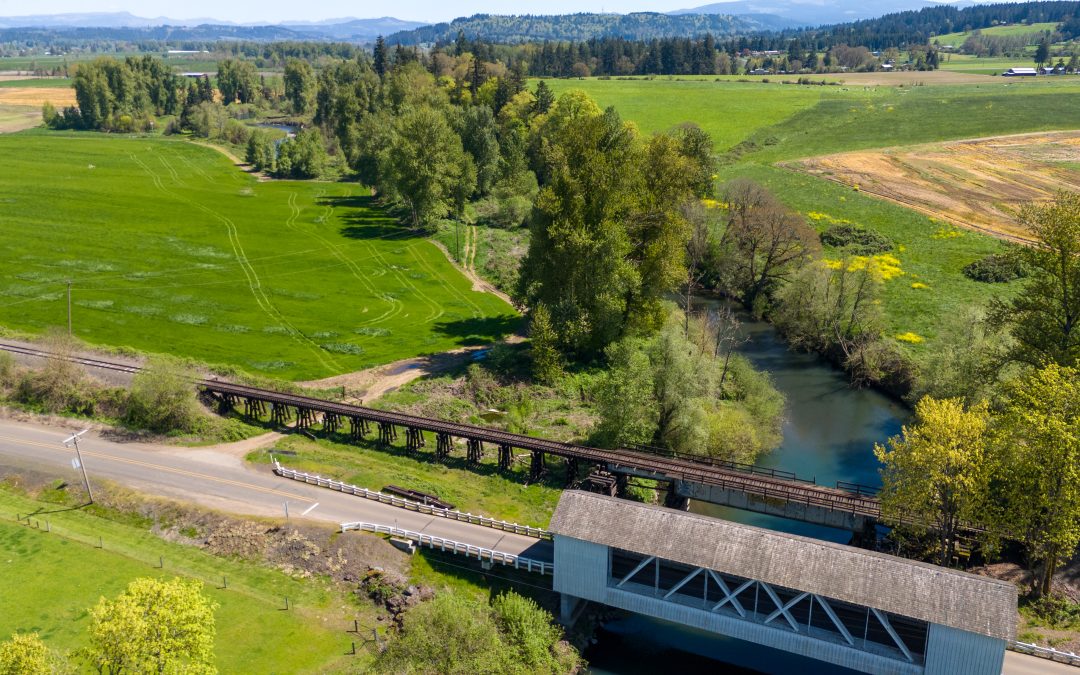
One Year of Flying a Drone
A year ago today, May 1, I passed the FAA Part 107 license, giving me the legal ability to fly a drone for commercial purposes. Since then, I’ve put my DJI Mini 4 Pro into the air 175 times. I’ve done over thirty real estate or commercial projects, from simple photos...

Inside the Market: A Conversation with Shelby Looney
I've done a handful of photoshoots for Shelby Looney of HomeStar Brokers and noticed that she worked a lot with communities that focus on the 55+ market. I asked if she'd be willing to answer a few questions about her work in the market segment. What inspired you to...

Covered Bridges of the Mid-Willamette Valley
Yes, this is a blog devoted to real estate photography and videography. But sometimes ya gotta skirt around the edges a bit, and I wanted to show off this fun video I finished this month. And this is decidedly NOT a real estate video unless you wanna buy a bridge!...
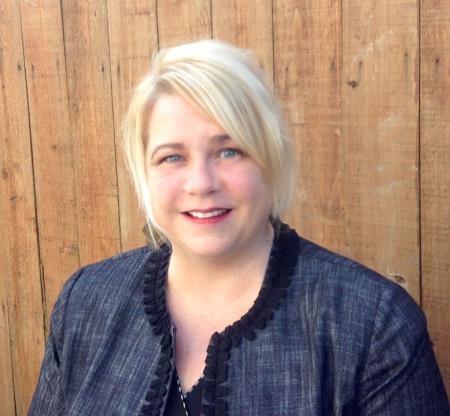
Inside the Market: A Conversation with Leigh Tracey-Gaynair
I've had the pleasure of doing several photoshoots with Leigh Tracey-Gaynair of HomeSmart. We also live in the same Highland Neighborhood and see each other regularly at the local neighborhood association's monthly meetings. I put a series of questions to Leigh...

Top Challenges Real Estate Agents Face in 2025—and How to Overcome Them
The real estate industry is constantly evolving, and 2025 is no exception. Economic shifts, technological advancements, and changing consumer expectations mean that real estate agents must stay on their toes to remain successful. Whether it’s navigating rising...

Inside the Market: A Conversation with Agents Mark and Debbie
Introduction: I recently had the chance to reach out to Mark Thomas and Debbie Dailey of Realty One Group, two experienced real estate agents who bring a thoughtful perspective to the current housing market. Though I’ve only had the pleasure of working with them on a...
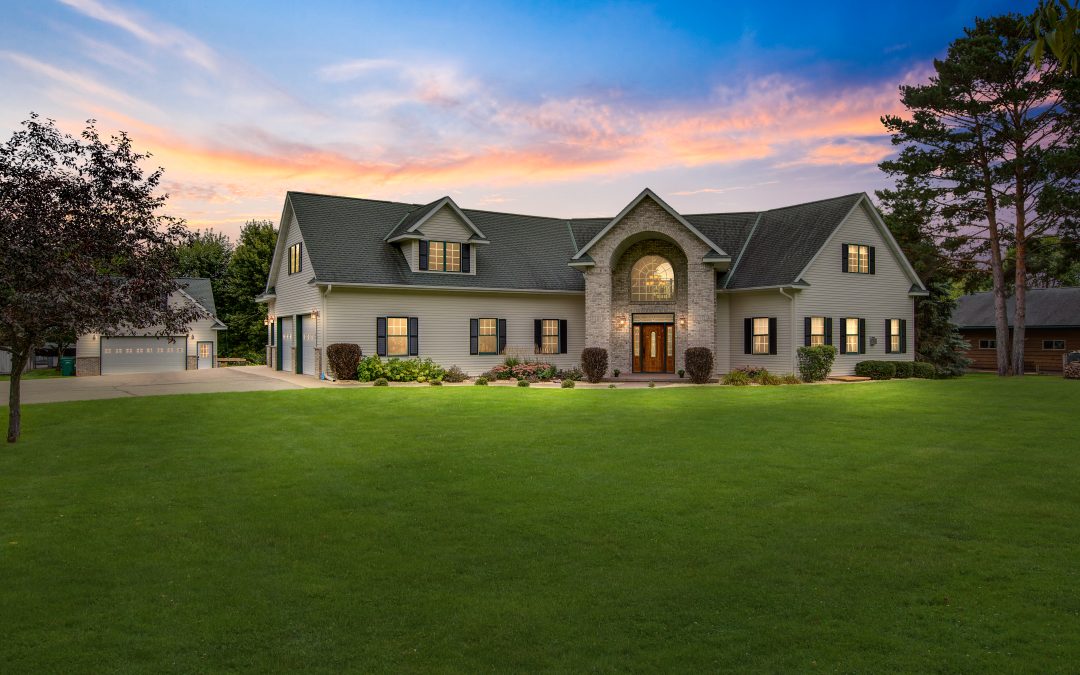
The Benefits of Virtual Twilight Photography for Real Estate Listings
Virtual twilight photography has become an increasingly popular tool for real estate agents looking to add a touch of magic to their listings. With virtual twilight, a property’s exterior photos are digitally transformed to appear as if taken at dusk, creating a warm,...
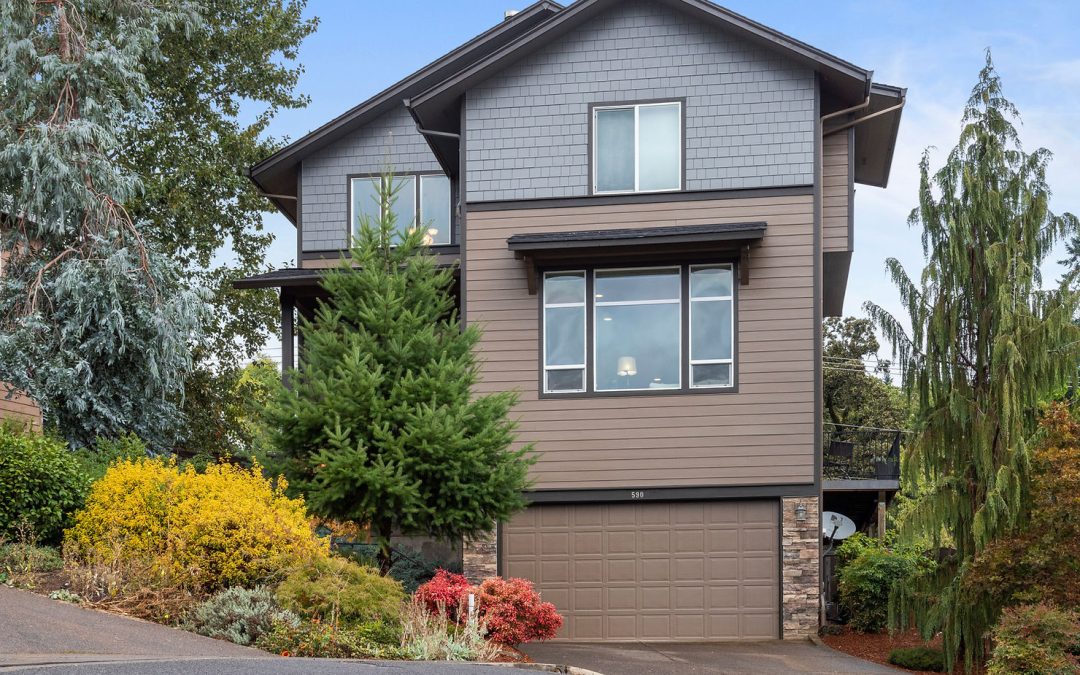
The Art of Real Estate Photography: A Step-by-Step Guide for Agents
Real estate photography is more than just taking pictures; it's a meticulous process that transforms a space into an inviting visual story. Here's a deeper dive into the typical workflow of a real estate photographer, including an increasingly important step: the use...
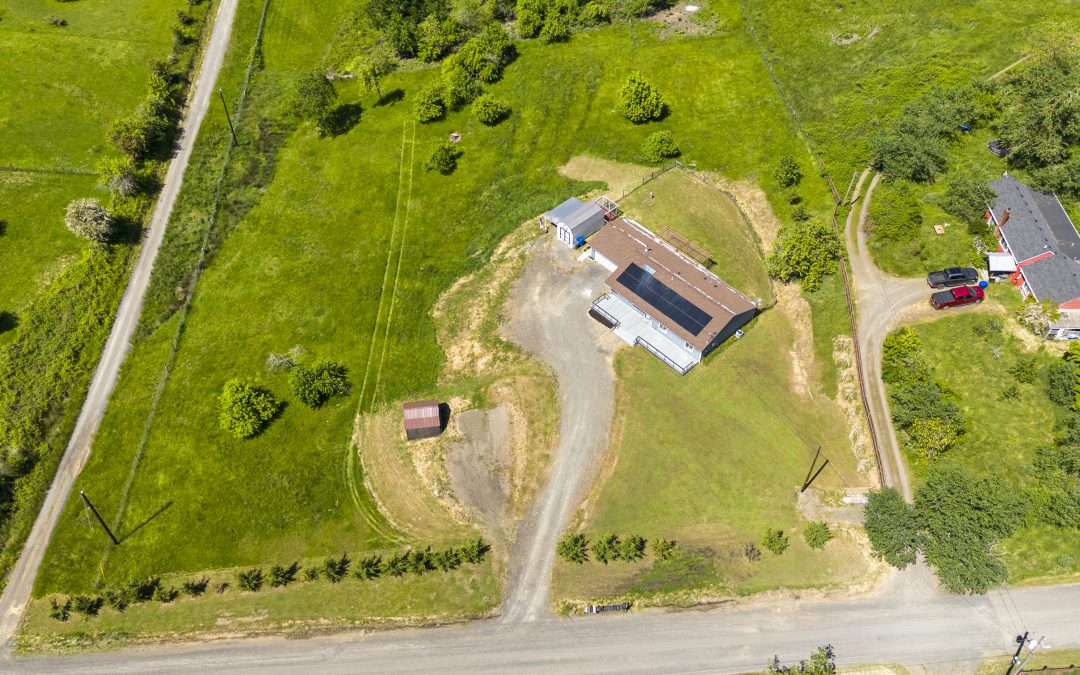
Maximizing Real Estate Listings with Expert Drone Photography: A Guide for Agents
In the dynamic world of real estate, captivating aerial imagery has become a cornerstone for showcasing properties. Integrating drone photography into your marketing strategy as a real estate agent can significantly elevate your listings, offering potential buyers a...
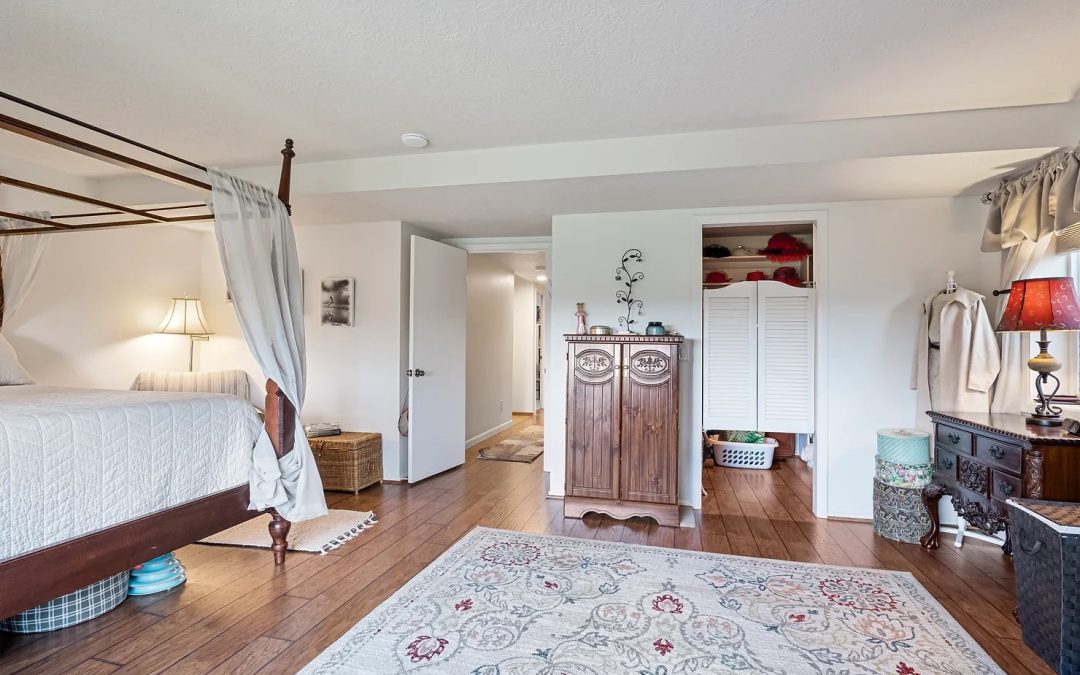
Top 5 Overlooked Questions to Ask Your Real Estate Photographer
Choosing the right real estate photographer is crucial in showcasing properties effectively. Often, real estate agents miss asking some key questions that can greatly impact the quality and effectiveness of the photographs. Here are the top five questions that are...
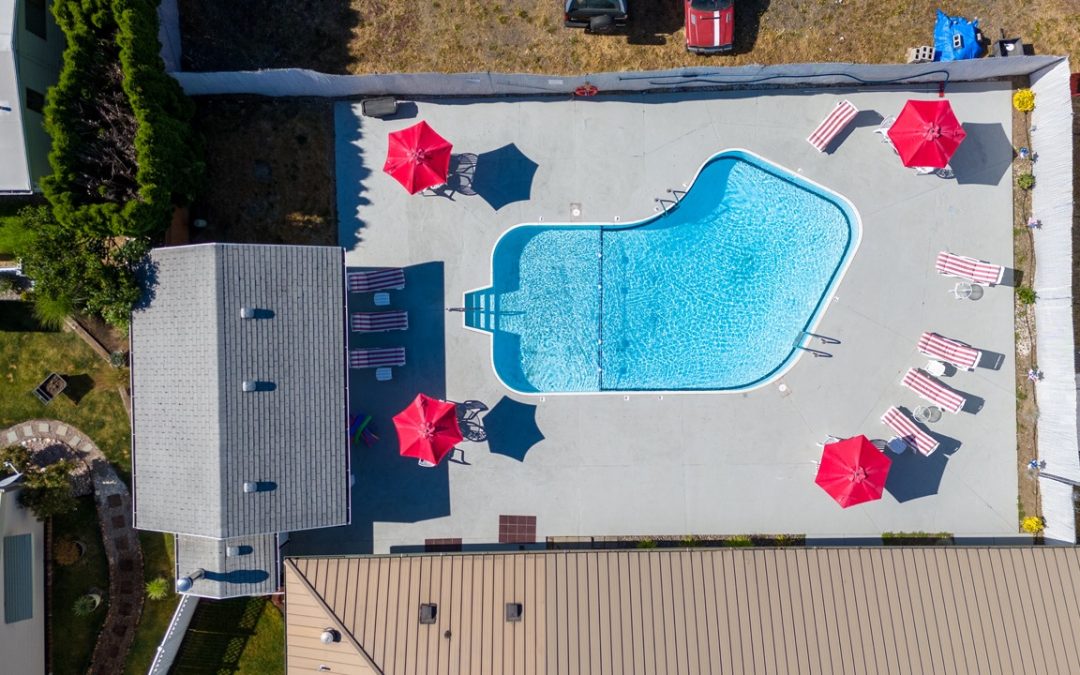
Capturing the Charm of Salem Green Estates: A Drone’s Eye View
I was recently contacted to shoot a 60-second video for Harmony Communities' Salem Green Estates, a peaceful 55+ community in NE Salem. The team found me through Bark.com and requested drone footage highlighting the beautiful neighborhood. My first visit was in late...
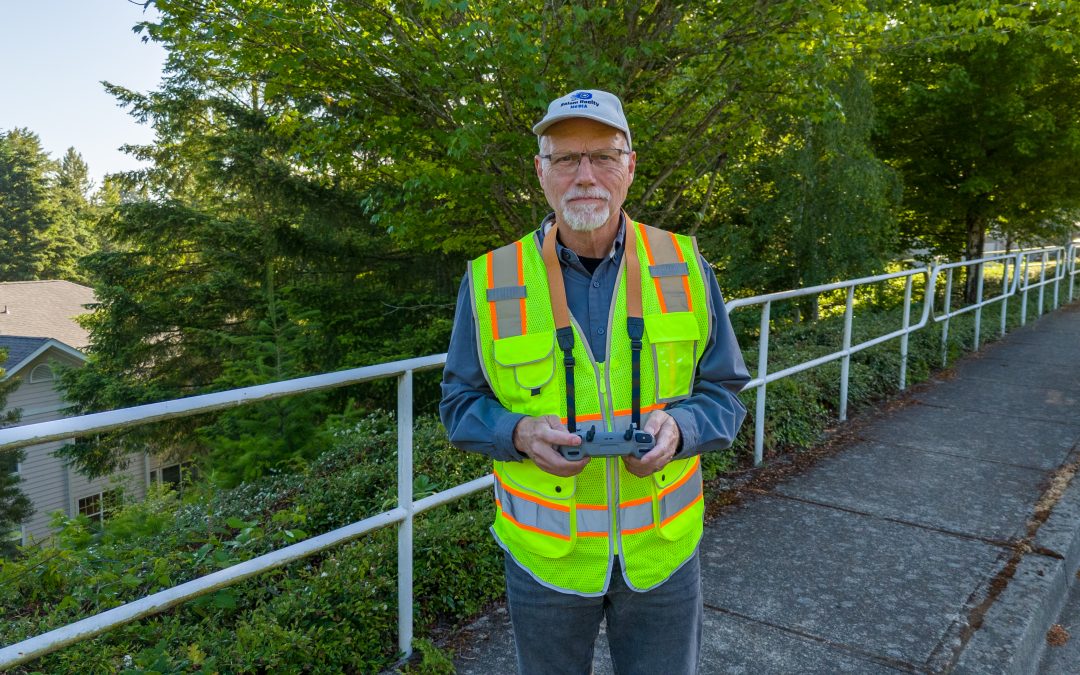
What I’ve Learned from Two Months of Flying a Drone
It's been over two years since I launched Salem Realty Media in the Spring of 2022. It's been a fun ride! As an aside, I run another business, TradeshowGuy Exhibits, but that's another story. But I mention it because it's significant to how I approach running Salem...
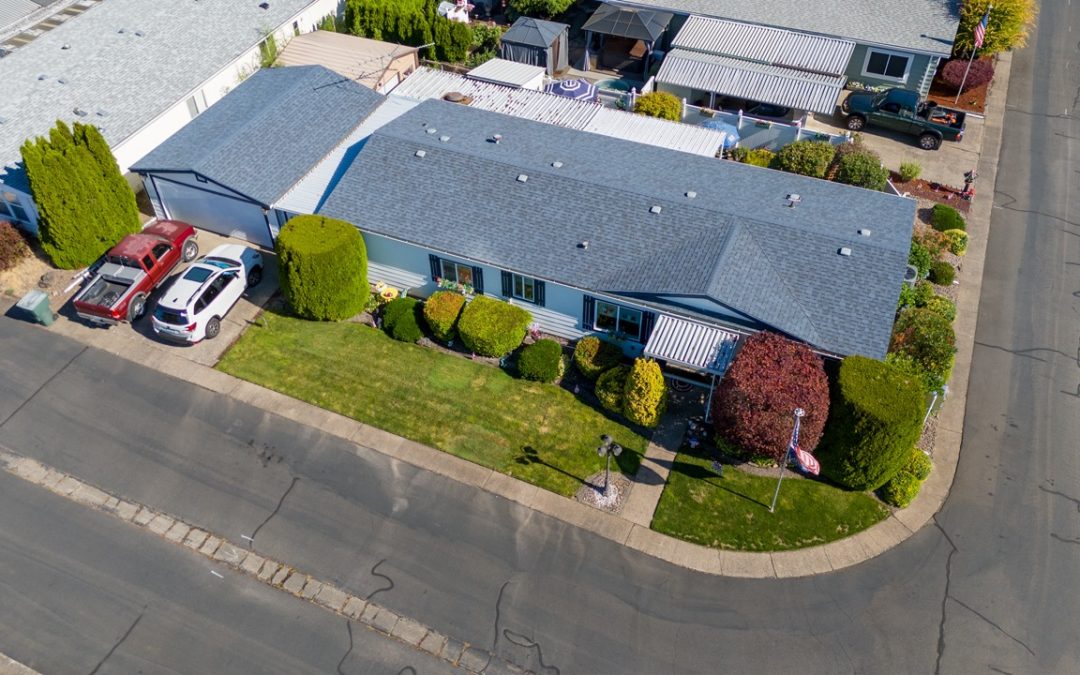
House Prep List for Aerial Photography
Shooting a house from the air opens up myriad possibilities to showcase its strengths, from its location in relation to its surroundings to its size and overall layout. However, it also opens up possibilities to showcase its weaknesses, especially if the house is not...
